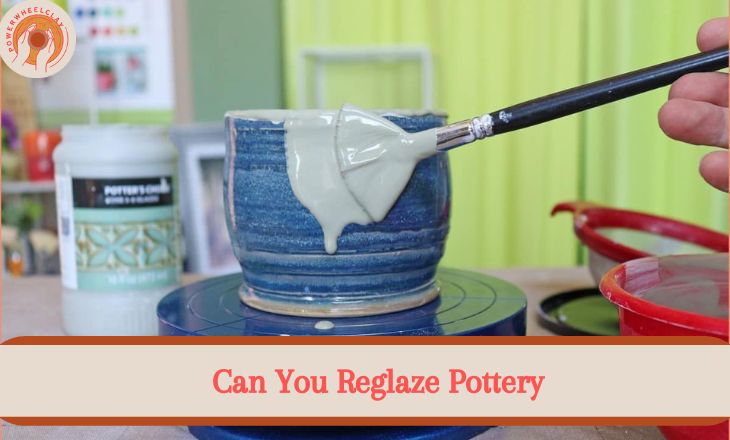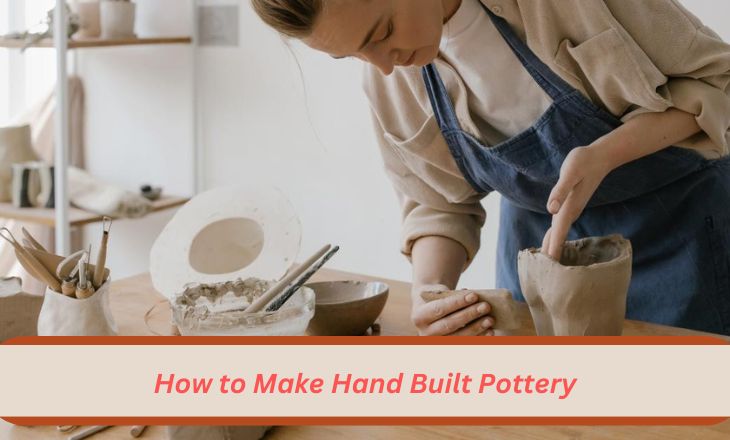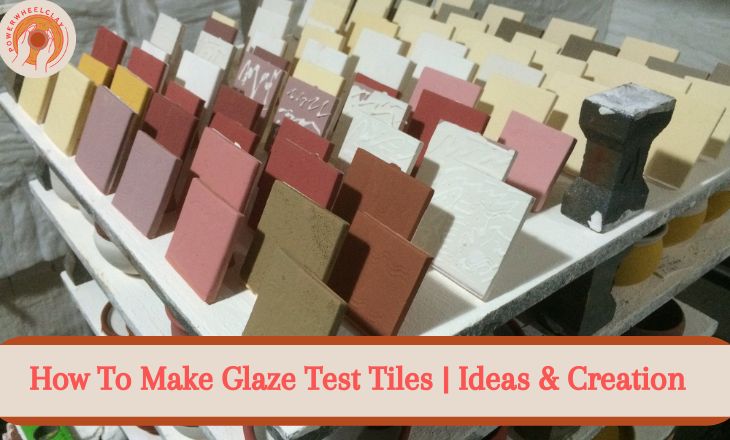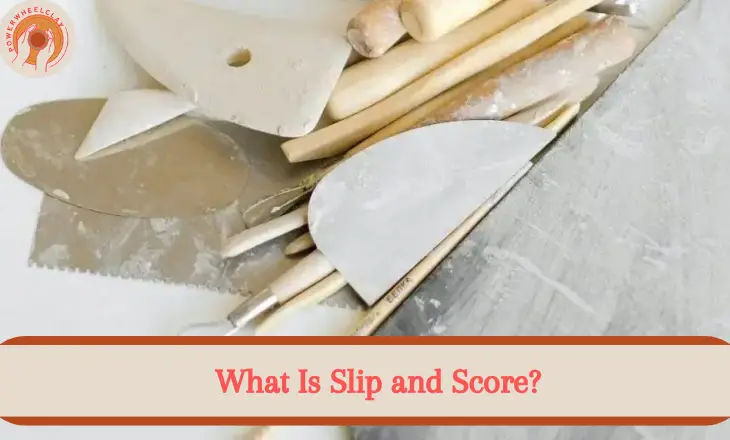Can You Reglaze Pottery? A Complete Guide
A new coat of glaze can renew the item, giving it vibrant shades and a shiny new coat. Anyone may learn how to reglaze pottery and give their beloved ceramic items new life if they have the necessary knowledge and abilities.
Reglazing ceramics is a changing art form that offers numerous possibilities for giving damaged or ancient pottery objects new life. While some people might believe that when a piece of pottery is finished, it’s finished, reglazing gives precious objects a chance to have another season of life.
Can You Reglaze Ceramics?
Yes, you can reglaze greenware ceramics. Reglazing involves applying a fresh layer of glaze to the surface of the ceramic, effectively covering up any scratches, stains, or signs of wear and tear. This technique is beneficial for repairing chipped or damaged ceramics, providing a seamless finish that makes the object look brand new again.
Many people may need to realize that reglazing can be done on various ceramic items, from sinks and bathtubs to tiles and pottery. It’s an affordable alternative to replacing these items entirely, saving money and resources in the long run.
Customization is possible with varied glaze colors and finishes throughout the reglazing process, offering countless options for restoring ceramics to suit individual tastes.
How To Reglaze Ceramics?
When it comes to reglazing ceramics, several techniques can be employed to achieve the desired outcome. While every technique has its own merits, they all ultimately aim to bring back and give new life to damaged ceramics. Following are the techniques for reglazing ceramics:
- Spraying
- Brushing
- Dipping
Spraying
Reglazing pottery has never been easier with the use of a spray gun. Whether you are working on small or large pottery pieces, the spray gun provides an efficient and even coating that enhances the beauty of your creations.
The process is remarkably simple:
- Just load your glaze into the spray gun,
- Adjust the nozzle for the desired spray pattern
- Apply a smooth, uniform layer to your pottery.
For large pottery pieces, using a spray gun can save time and effort compared to traditional methods such as brushing or dipping. The ability to cover a large surface area quickly and evenly leads to more consistent results and a professional finish.
Using a spray gun allows for greater control over how much glaze is applied, reducing waste and ensuring the economical use of materials.
Brushing
The application of glaze to tiny pieces of pottery might require careful brushwork. Brushing makes application accurate and ensures that a smooth, uniform coating covers every nook and corner of the object.
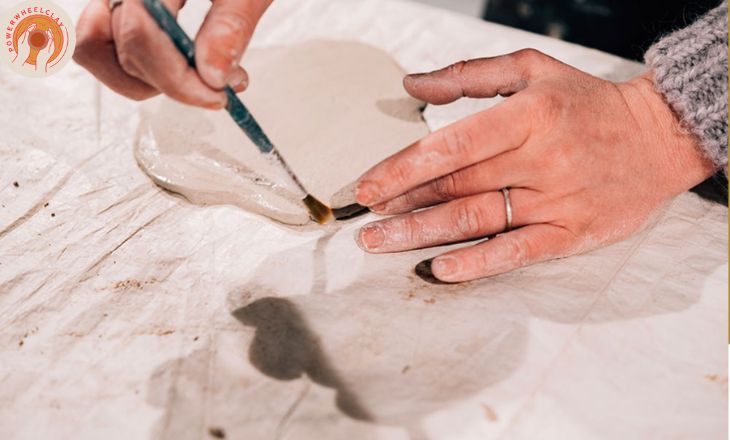
Since every brushstroke adds to the piece’s final appearance, the technique calls for a steady hand and a careful touch. For instance, using a feathery brushstroke may give the pottery’s surface a unique texture that gives the piece depth and personality.
Experimenting with the pressure used to brush on the glaze may produce unique designs and effects that improve the piece’s appearance. Small cracks or irregularities in shape can be emphasized through selective brushing techniques, giving each piece its distinct personality.
Dipping
Immersing pottery pieces in glazes is like giving them a new life, a fresh identity. A consistent shape guarantees that every nook and cranny is beautifully coated with glaze, leaving no area unaffected.
But before reglazing pottery, it’s crucial to consider incompatible glazes. Mixing certain types can lead to disastrous results, from cracks and crazing to uneven color distribution. That’s why careful selection and testing are essential before diving into the dipping process.

Once the perfect glaze is chosen, the pottery piece is ready to be fired in a kiln at high temperatures ranging from 1200 to 2000 degrees. This intense environment transforms the raw materials into a finished masterpiece, showcasing vibrant colors and glossy finishes.
A Fun Example Of Reglazing Pottery
Jon the Potter decided to try something new with his latest batch of pottery. Instead of firing them in his usual way, he experimented with reglazing the pieces multiple times to create a unique and vibrant finish. The result was stunning – each piece had layers of rich colors and textures that captivated anyone who laid eyes on them.
The process wasn’t easy, as it required precision and patience to achieve the desired effect. Jon’s dedication paid off, creating a collection that was not only visually striking but also showcased his artistic growth.
This example from Jon the Potter serves as an informative reminder that, on occasion, taking chances and being open to experimenting may produce amazing results in our creativity, pushing the envelope and upending conventions in ways that amaze both creators and viewers.
Can You Reglaze Pottery At Home?
Reglazing ceramics at home might be dangerous if you don’t have the right knowledge and tools. The process of reglazing requires precision and knowledge of different materials and firing temperatures.
If you don’t have the necessary skills, you run the danger of breaking the item or applying a glaze that isn’t useful or looks good. Specialized equipment such as kilns, glazes, and specific tools are crucial for achieving professional-grade results when reglazing pottery.
These tools are designed to handle the precise temperatures and chemical compositions needed to produce a durable and visually appealing finish. Without these types of equipment, trying to reglaze pottery at home is like trying to do major surgery without the necessary medical training—it’s just not worth the risk.
What Happens If You Refire Glazed Pottery?
Refiring glazed pottery can lead to unexpected and remarkable transformations. The hidden potential of a crystalline glaze is released during refiring, producing eye-catching crystalline structures that are astonishing.

The additional firing allows for further crystal growth within the glaze, creating intricate patterns and textures that were not present before.
Can You Paint Over Pottery That Has Been Glazed?
Yes, you can paint over pottery that has been glazed! While it may seem like a challenging task, it’s quite feasible with the right approach. The key is to lightly sand the glazed surface to create a rough texture for the new paint to adhere to.
Once the surface is prepped, you can use acrylic or ceramic paints to add your unique designs and colors. Painting over glazed pottery opens up a world of creative possibilities. Whether you want to update an old piece of pottery or personalize a store-bought item, adding your own painted design can breathe new life into the object.
Can You Refire Undefired Pottery?
You can refire underfired pottery to correct any issues and achieve the desired results. Underfired pottery often looks dull and may lack strength, but a refire can improve its appearance and durability.
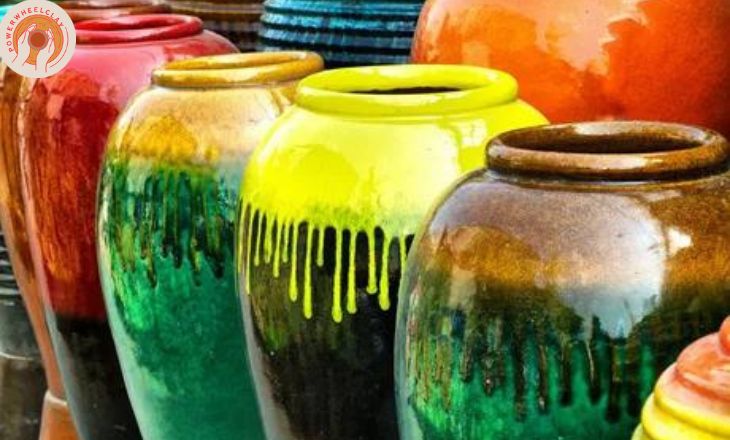
It’s important to proceed with caution as the clay may have already reached its maximum firing temperature, resulting in potential overfiring or damage. When refiring underfired pottery, be mindful of the type of clay used and the intended glaze effects.
Can You Reglaze Pottery After Firing
Reglazing pottery after firing a topic that often sparks curiosity among both seasoned artisans and enthusiastic beginners is a nuanced process. Once pottery has been fired, the initial glaze forms a bond with the clay body through heat, making subsequent applications of glaze more challenging.
For those eager to breathe new life into their creations or correct imperfections, it’s important to understand that reglazing is not an impossible feat; it merely requires careful consideration and technique.
Conclusion
Reglazing pottery is a feasible and rewarding process that can breathe new life into old or damaged pieces. With the right materials and techniques, even novice potters can achieve professional-looking results.
Whether it’s fixing a chipped mug or adding vibrant colors to a plain vase, reglazing offers endless creative possibilities. By taking the time to learn and practice this skill, anyone can become proficient in reglaze pottery and enjoy the satisfaction of revitalizing cherished ceramics.
FAQs
Can You Glaze Over Old Glazing Pottery?
Yes, It is possible to reglaze pottery, but the condition of the existing glaze is crucial for success.
How Many Times Can You Refire Glazed Pottery?
Refiring pottery can be done multiple times, but it may affect the quality and durability.
How Do You Reglaze Glazed Pottery?
To reglaze glazed pottery, sand the surface, apply a new layer of glaze, and refire.
Can You Put Glaze Over Glaze?
You should follow some simple guidelines when layering glazes to have success. Layering multiple glazes will build up increasing amounts of glaze on your pot.
